The Châteaux de la Loire combines a multitude of buildings all more beautiful than others. However, instead of focusing on the most famous, come to discover those more anonymous through an alternative locomotion, the bike.
The Renaissance marked the Val-de-Loire. During this historical period, many estates have been renovated or built by nobles to import the Italian lifestyle in this region.
Amboise, Chambord, Chenonceau, many names that mark hearts and spirits. They also tend to pull all the blanket on them, which prevents other remarkable castles from being highlighted.
In order to correct this error, we have concocted you a path through which you will realize that these buildings have nothing to envy to their illustrious neighbours.
The thighs may be numb, painful calves, but the feeling of the accomplished duty will obscure all this. So get your most beautiful bicycle and go to the bitumen conquest!
Day 1: From Azay-le-Rideau to Tours
- Distance travelled: 37.3 km
- City of departure: Azay-le-Rideau
- City of arrival : Tours
- Places to visit: Château de Saché – Balzac Museum and Domaine de Candé
This journey begins on the banks of the Indre, in Azay-le-Rideau precisely. If you see the castle of this city, look at the good because it is absolutely not the theme of your trip.
Just 7 kilometers separate you from your first monument. To reach it, nothing simpler, follow the stream until you guess the Château de Saché. Once you arrive, put the crutches in place to balance your bike and start discovering this place.
The Château de Saché, place of rest of Balzac
The Château de Saché is an excellent entry for the visit of these unknown works. Do not expect to visit 1001 rooms or lose between the West Wing or the East Wing. In addition, a particular atmosphere emerges from the building, the fruit of its different tenants.
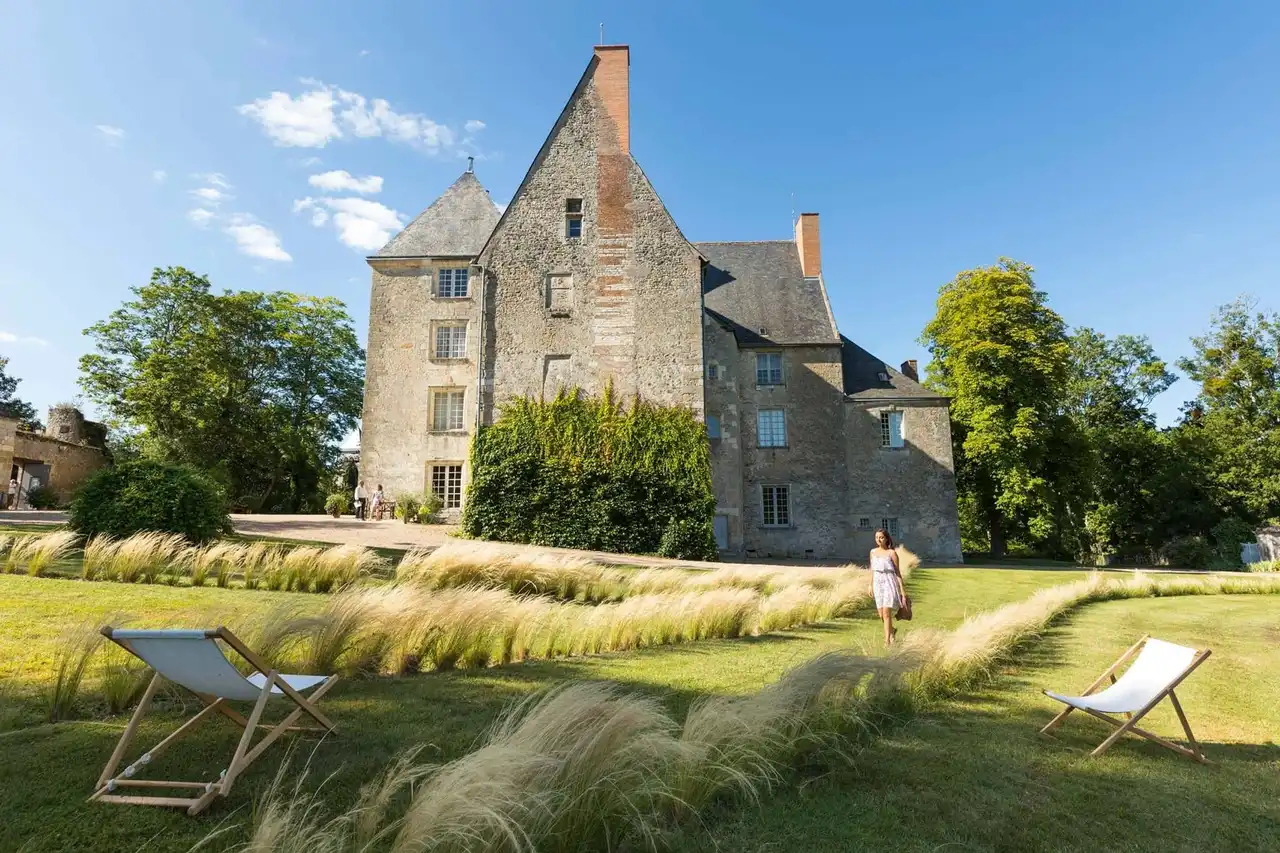
View of the Chateau de Saché – Photo credit: Facebook –
Balzac Museum / Balzac Museum
The first stones were laid from the medieval era but the building’s body dates well from the 15th century. Then in the 17th century, a first extension came out of earth. 100 years later, a second construction is added and gives its final appearance to the building.
On the other hand, the interior is deeply marked by the nineteenth century. Long before the castle was inherited in 1812, Jean de Margonne stayed there regularly. He appreciates the silence that dwells in the place and also wishes to make his best friend, Honoré de Balzac.
The tourangeal writer is tired of his tumultuous life in Paris. To continue writing, he needs calm and tranquility. Installed in the tallest tower of the castle, it can finally recover the feather. Inspiration comes back, words easily lay on paper and it links the books. The bucolic writer becomes his muse and to pay tribute to him he decides that his novel Lys in the valley take life in this idyllic setting.
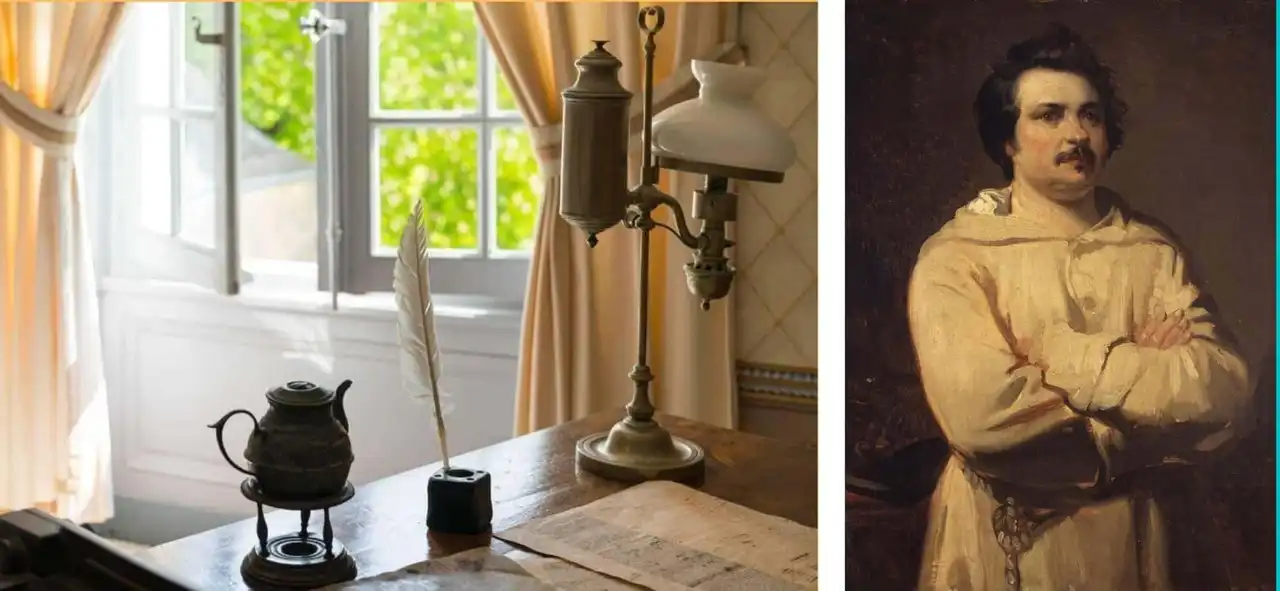
Find on the left: Balzac bedroom on the right: Balzac by Boulanger – Photo credit: Facebook –
Find Museum Balzac / Balzac Museum Wikipedia: Museum of Fine Arts Tours
In 1926, Paul Métadier bought the property that began to be seriously abandoned. A germ idea, Balzac’s mind always seems to live in the place so why not pay tribute to him? Ideas stir on how to do it and it is the son of the owner, Bernard-Paul, who persuaded his father to make it a museum.
Large living room, dining room, everything seems of a time. By sweeping you, you will have the pleasant sensation that the author of La Peau de Chagrin accompany you to discover his haven of peace. In front of his room, you will even believe that he sits down to take action.
If the interior is visited as a historical replenishment, the 2 Ha park which junches the castle invites to contemplate the landscapes of the Indre valley. Before you go back to your bike, take the time to stroll around to make the full energy.
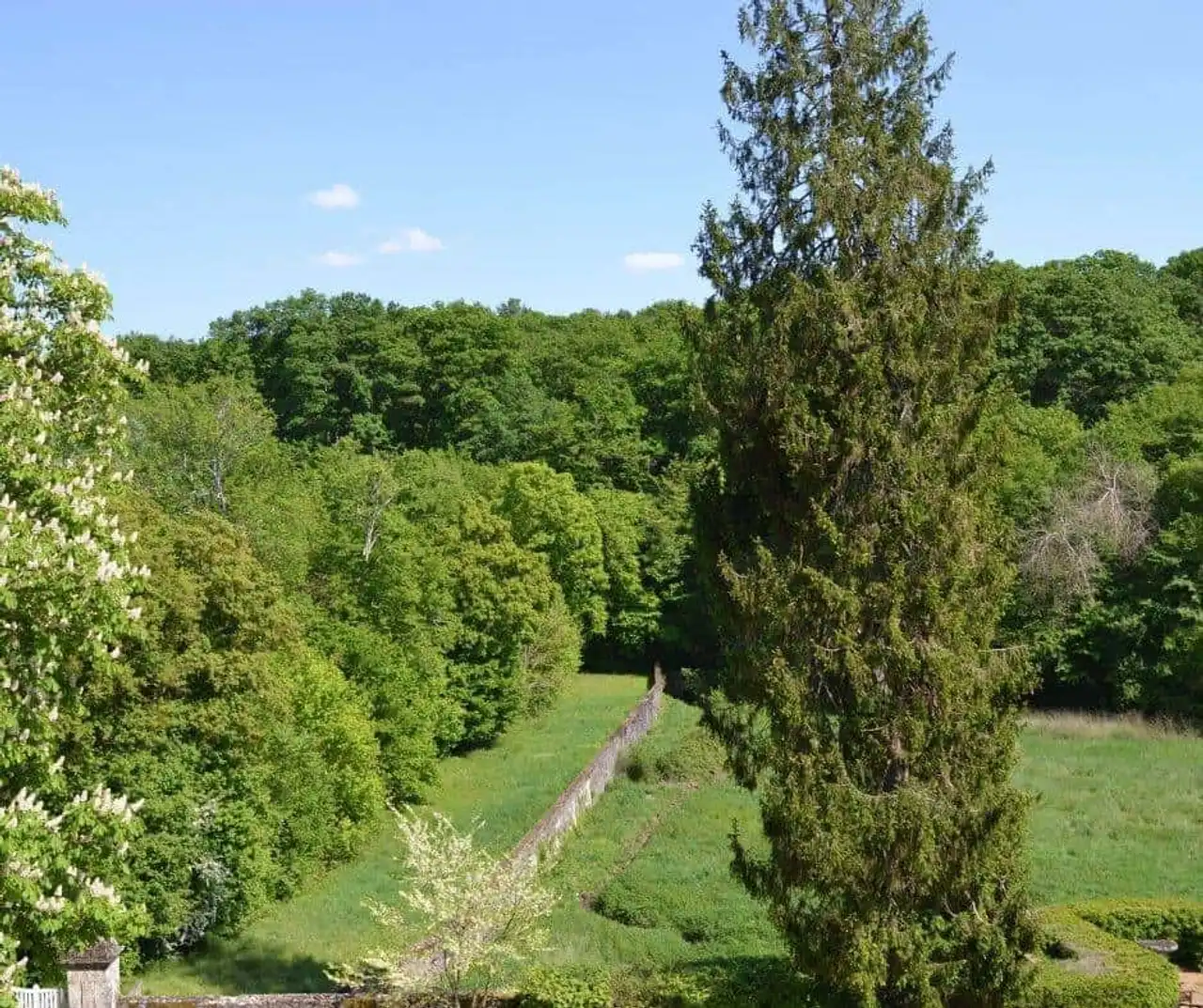
View of the garden of the Balzac Museum – Photo credit: Facebook –
Balzac Museum / Balzac Museum
Take your way back to the Indre. Follow it as much as possible to fall nose to nose with the Domaine de Candé.
Domaine de Candé
It is a building in the pure Renaissance style that offers you. In 1499, the mayor of Tours François Briçonnet bought the 600 Ha that made up the estate to set up a marina. Unfortunately he died in 1504 and thus cannot enjoy his future property. His daughter decided to complete the project and the work ended in 1508.
350 years later, Santiago Drake del Castillo, a notable Anglo-Cuban, became the new owner of the site. He missioned Jacques-Aimé Meffre to make the building more spectacular. A new wing is added to the pavilion, thus tripling the living area.
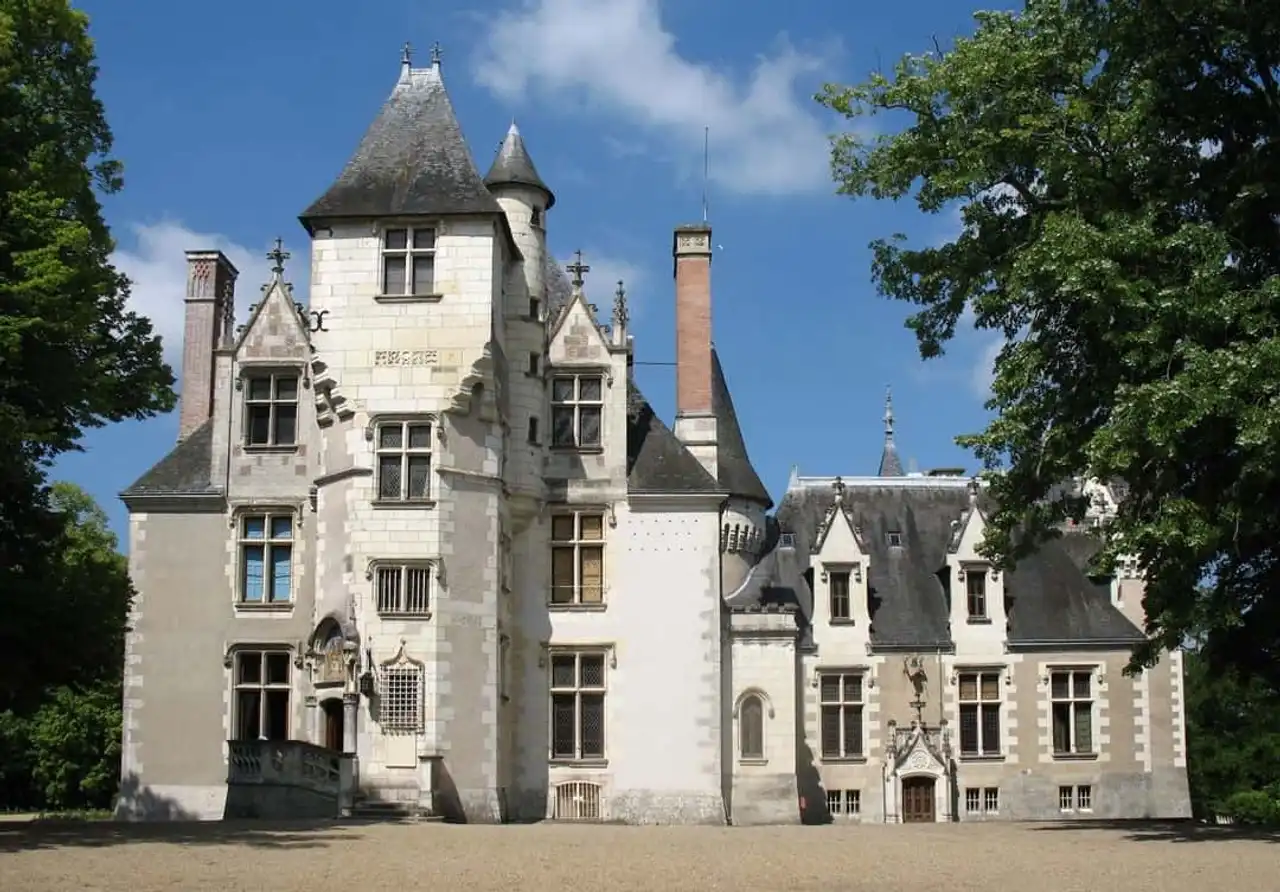
View on the Candé area – Photo credit: Wikipedia – Gilbert Bochenek
The greatness and beauty of the building subjugates you. Definitely, he has nothing to envy some of these confreres! Beautiful woodwork from the living room to the Skinner organ, passing through the gigantic library, everything deserves to be seen.
Another element draws your attention during your visit, the modernism of the place. It is the fruit of the sulphurous Franco-American couple Charles and Fern Bedaux. The two billionaires bought the castle in 1927 and installed central heating, electricity in all rooms and the phone!
The Bedaux also wanted their property to return to history. Through a relationship game, the Candé estate was able to host the "Seal Marriage" between the Duke of Windsor and the Wallis Simpson burger in 1937. The union had made great noise at the time since the heir of the crown of England renounced his throne “just” for love.
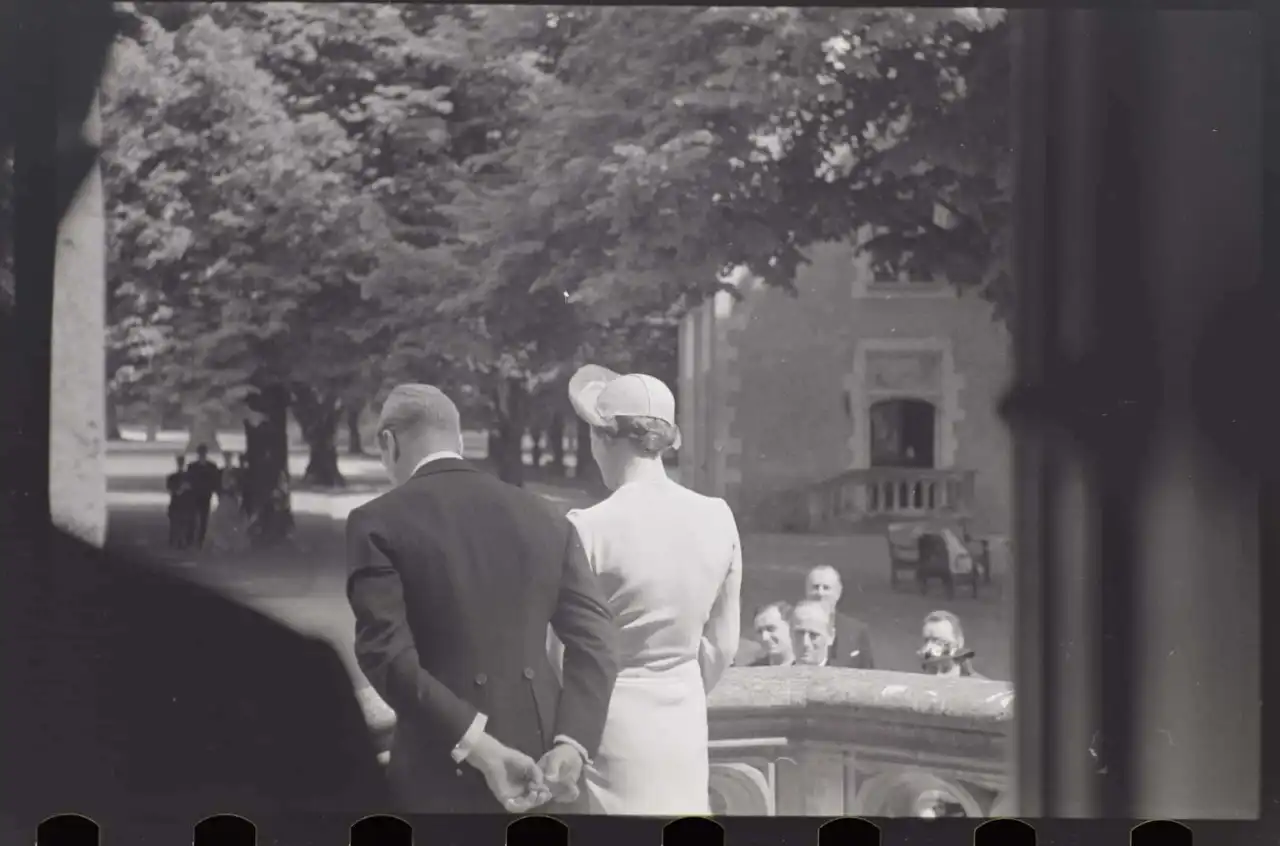
The Marriage of the Century – Photo credit: Facebook – Domaine de Candé
If you wish to relive this event, head to the library because it was here that the reception of the two turrets took place. Moreover, you can always admire the immense book collection. They belonged to Fern, a real reading enthusiast.
Since 1944, she decided to leave the estate in 1951 to the French State but remained in the property until her last breath in 1972.
Your first day of visit is over and you are already looking forward to tomorrow to continue your adventure. But to be able to get the energy to get there, rest in Tours.
Day 2: From Tours to Chenonceaux
- Distance travelled: 45.7 km
- City of departure: Tours
- City of arrival : Chenonceaux
- Places to visit: Fortresse of Montbazon and Château de Fontenay
When the day rises on the ancient Gallo-Roman city, it is that it is soon time to return to the road! After a good breakfast, put your foot on the pedals to head to Montbazon Fortresse, located south of the city.
Fortresse of Montbazon
Here you are at the heart of a family battle! This millennium monument was originally only a simple dungeon of wood. But the Count of Anjou, Foulques III Nerra, replaces it with a stone building of 36 meters high and walls of 3 meters thick.
In the middle of war against his cousin Eudes II de Bois to delight him Tours, he needed a base camp to be closest to his enemy. In vain, the present capital of Indre-et-Loire will remain in the hands of Eudes.
In the son of the centuries the estate is expanding. First by the direct descendant of Foulques III, his son Geoffroi Martel. Then it is with the King of England Henri II Plantagenêt that he becomes this unbearable fortress. The crenate walls, the round path and the high tower are the traces of its passage noticed.
In 1205, Philippe Auguste, King of France, became the happy owner. It makes the round towers and ramparts of the second shirt erect. Several notable families will recover the building – the Mirabeau, Savary, La Rochefoucauld – to finally find themselves abandoned after the Revolution.
Despite the remaining ruins, you capture all the greatness of the building and its military appearance. Trebuchets are always present on the site and you wonder how a warlord could have stormed the immense fortress.
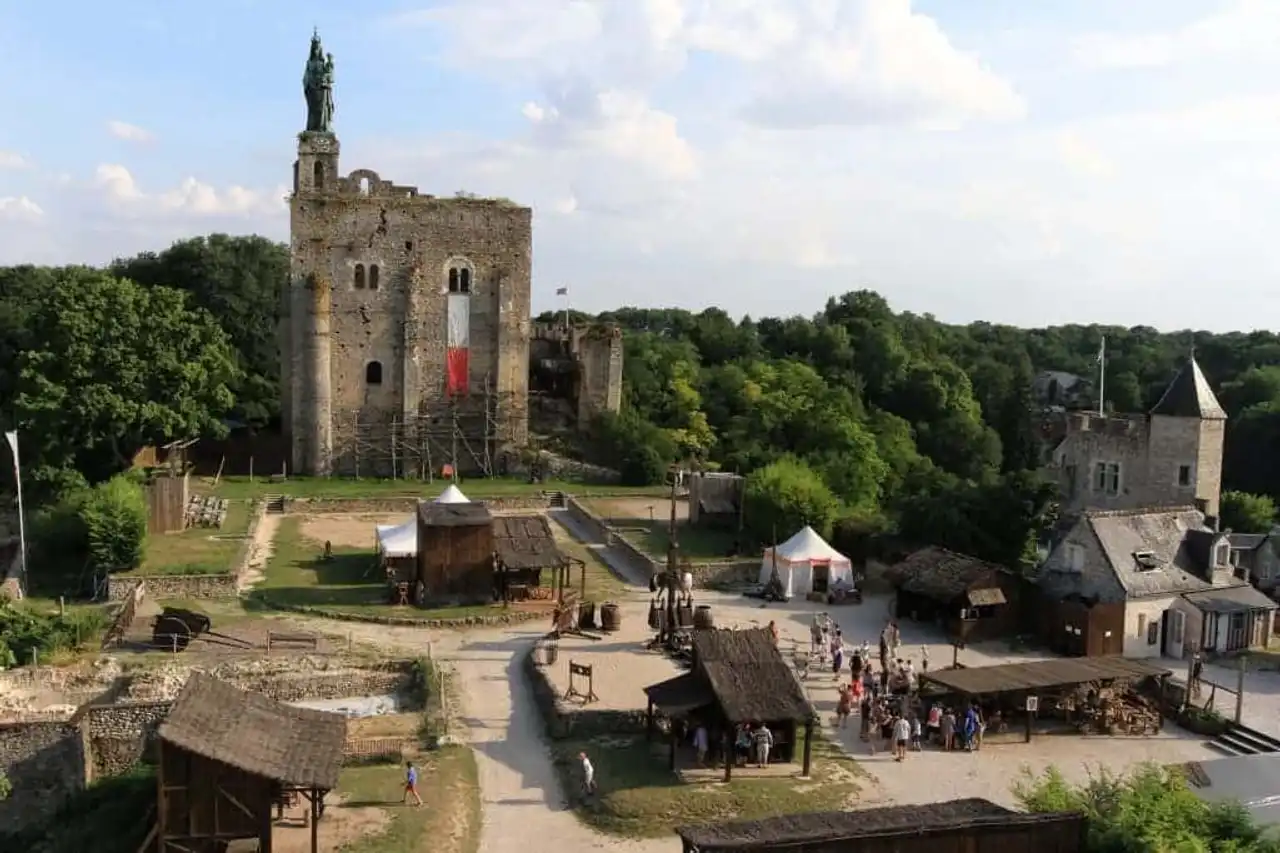
Aerial view of the Montbazon Fortress – Photo credit: Facebook – Forteresse De Montbazon
The animations present on site will take you back in medieval times and you will no longer see the time to pass. Parbleu, you will have to leave the building because other treasures await you! It is following the east direction that you will arrive at the Château de Fontenay.
The castle of Fontenay
This castle draws its history since the 11th century. At the time, it was only a mill that allowed the water to be routed from the river to the village of Bléré and then, at the time of acquisition, it became a castle. Finally the worst happened in 1871, a fire triggered by Prussians ravaged him and left behind a pile of ruins.
Fortunately, Auguste Bucquet, painter and Parisian architect, bought the land. He ordered the reconstruction and 20 years later, a new building replaced the old. Its name appears on the fronton of the fronton of the entrance door.
However, the maintenance leaves to be desired and the building breaks down. His salvation will come in two stages. In the mid-1990s, wine growers settled there to develop the vineyard part of the castle. About ten years later, a Parisian family bought the property and wanted the building to recover its letters of nobility. She then renovates the castle to make it a lodging.
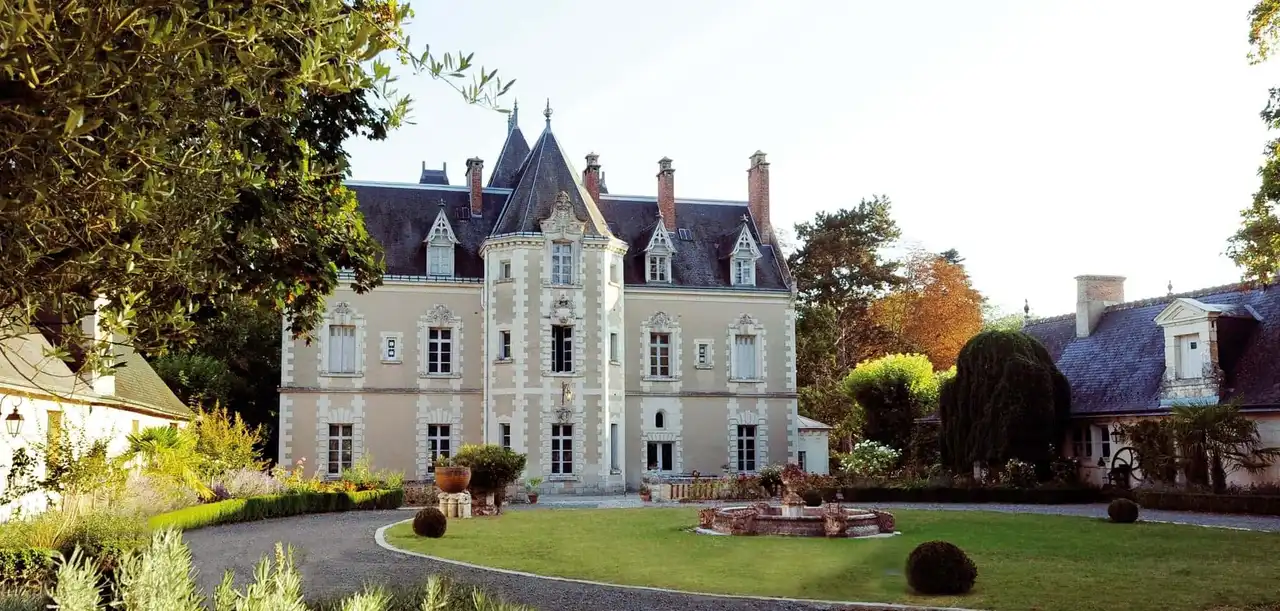
Château de Fontenay – Photo credit: Facebook – Le Château de Fontenay, Vins et Vacances Raffinés
It is unfortunately not open to the visit and if you want to discover one of the four rooms, a reservation is mandatory. If so, you will then discover carefully decorated rooms, combining discreet luxury and traditional modernism.
On the other hand, guests will be happy to visit the vineyard. As you walk, you can enjoy local wines. The grapes grow on a land mainly consisting of clay, sand and silex gives a complexity to the wine and an explosion of flavor to the nose.
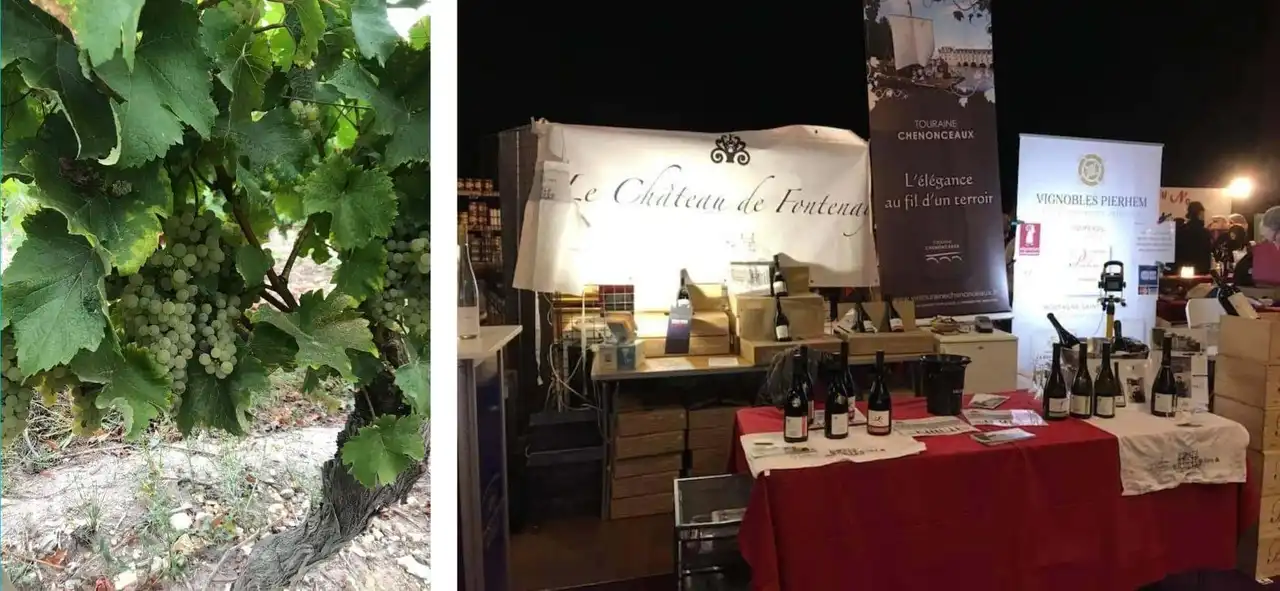
Find on the left: vines from the estate On the right: Wine tasting from the Castle – Photo credit: Facebook – Le Château de Fontenay, Vins et Vacances Raffinés
Don’t take too much of the good things, the pedals won’t be able to act on their own. Unless you decide to stay on the spot. Otherwise, Chenonceau will welcome you to recharge the batteries.
Day 3: From Chenonceaux to Chaumont-sur-Loire
- Distance travelled: 58.3 km
- City of departure: Chenonceaux
- City of arrival : Chaumont-sur-Loire
- Places to visit: Château de Montpoupon and Château de Fougères-sur-Bièvres
It’s a breakfast of champions that you’ll have to ingurgitate to finish the longest stage of your getaway. The stop in the Fontenay cottage could therefore prove to be a rich idea. Nevertheless, Chenonceau is surely home to establishments capable of raising you properly.
When you are satisfied and well in legs, pedal to the Château de Montpoupon.
Château de Montpoupon
His name has nothing to do with a possible child lost at the top of a hill. It comes from a Germanic clan, the Poppo, which established their base camp on the current place of the castle. Soberly called Mons Poppo , he eventually obtained his current name after a literal French translation.
Historical collections allow us to establish that the first seigneurs to have taken care of the estate are the de Pries. Without their intervention, nature would have regained its rights since the original building was destroyed during the Hundred Years War.
The legend tells us that François 1er would have slept there after a particularly hard-running hunt. But this remains the only glory of the property. Over the years, the castle is a victim of the distance from the courtyard to Versailles. Even its owners prefer to spend time in the Paris region than to stay in their fief of the Loire Valley.
The lineage of the Motte Saint Pierre, an ancestor of the current owners, ends up buying the domain from Prie and restores it by keeping the spirit of the Renaissance. Since 1974 they have decided to let visitors admire their property.
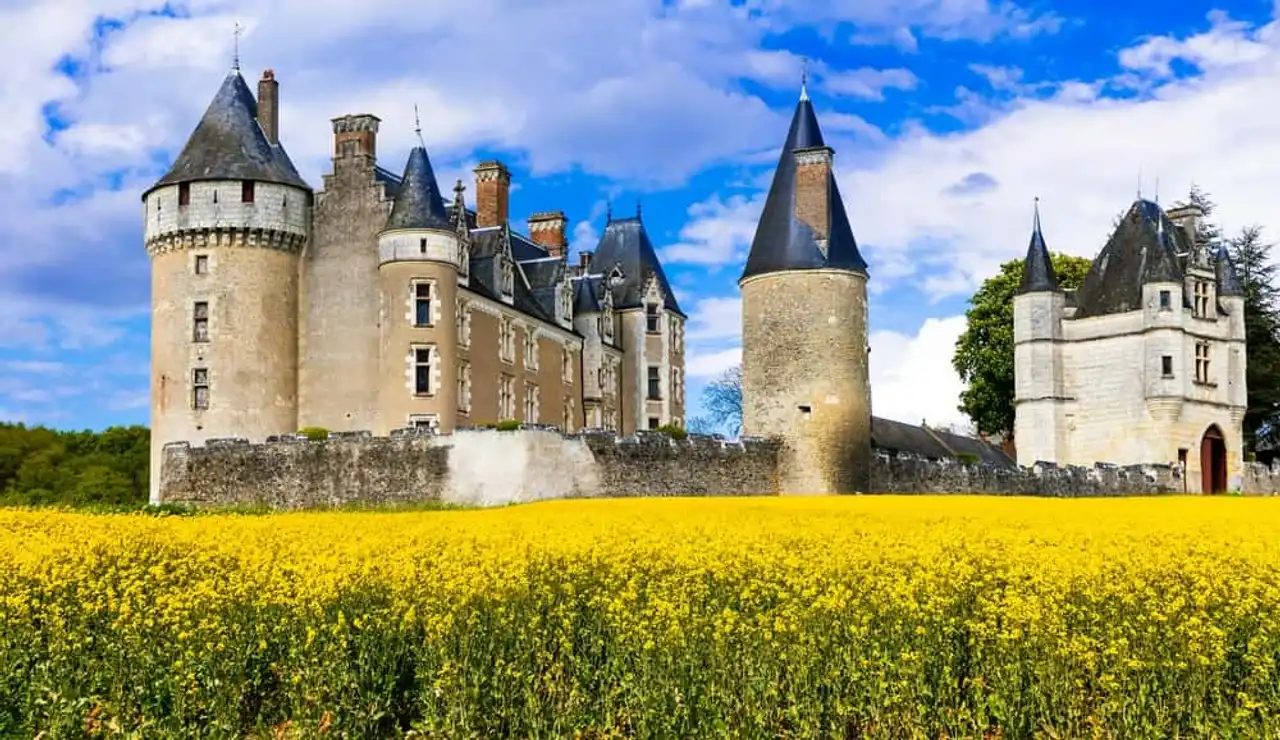
Château de Montpoupon – Photo credit: Shutterstock – leoks
Start with the dining room. The room is quite austere because of the black and grey beams that adorn the ceiling. If you've visited Chenonceau, they'll meet you in Queen Louise's room. She decided to dress the piece of these “bearing beams” after Henry III died.
To continue with these particular carpenters, the Amboise room is all indicated. This time they are red thanks to a coloration obtained with beef blood.
Also take a tour in the small Veneur Museum. 30 rooms are offered to you for the sole purpose of highlighting the craftsmen dedicated to the hunt to run. You will notice that some walls are dressed in Hermès® squares, whose original motifs decorated the saddle of horses.
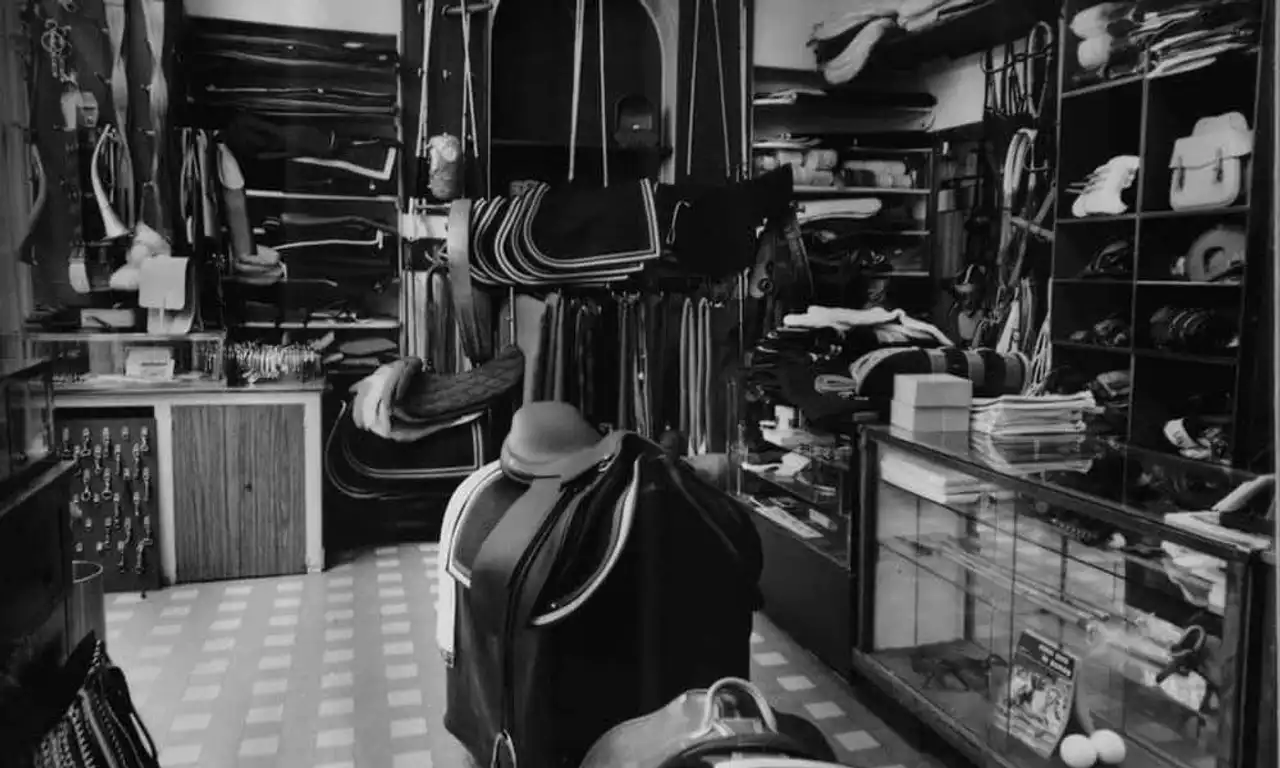
The many saddles exhibited at the Veneur Museum – Photo credit: Facebook – Château de Montpoupon
If you still have little time and energy, go on the forest ride. Otherwise, take your bike back to Chenonceaux.
The Château de Fougères-sur-Bièvre
From the original building of the 10th century, only the dungeon remains. The blame for the English and the 100-year war. We therefore owe the castle to Pierre de Refuge, adviser to Prince Charles d’Orléans and treasurer of Louis XI.
Refuge makes this building a true fortress to military architecture and that it is finally thanks to its grandson that it owes its Renaissance style. This one enlarges the doors, fills the doves and, above all, removes the bridge-levis.
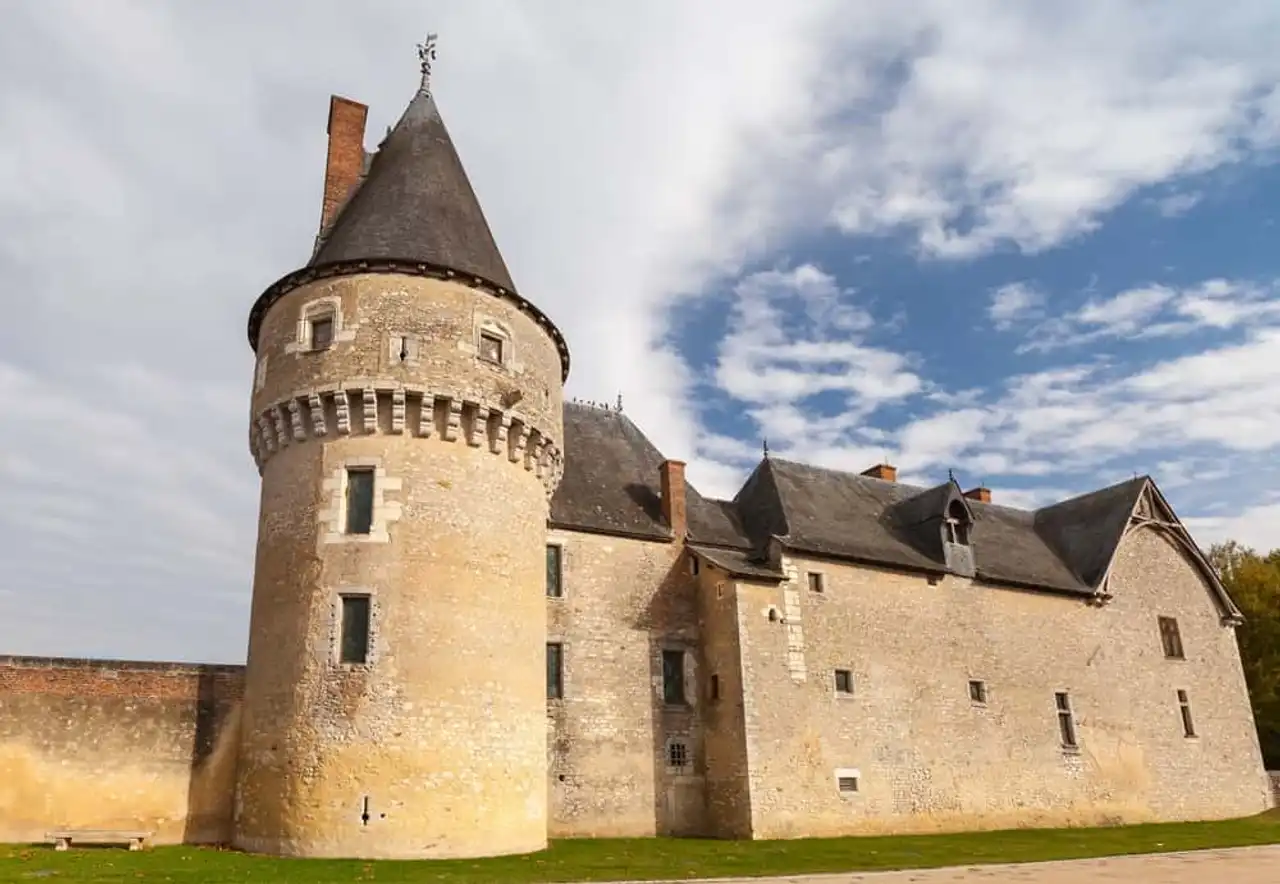
Château de Fougères-sur-Bièvres – Photo credit: Shutterstock – Evannovostro
The Château de Fougères-sur-Bièvres shines by its sobriety while retaining a certain charm. As soon as you arrive, you will be subjugated by the multitude of logis and the carved foreheads. Moreover, a reference to Normandy is hidden there. You can see the effigy of Saint-Michel fighting the dragon.
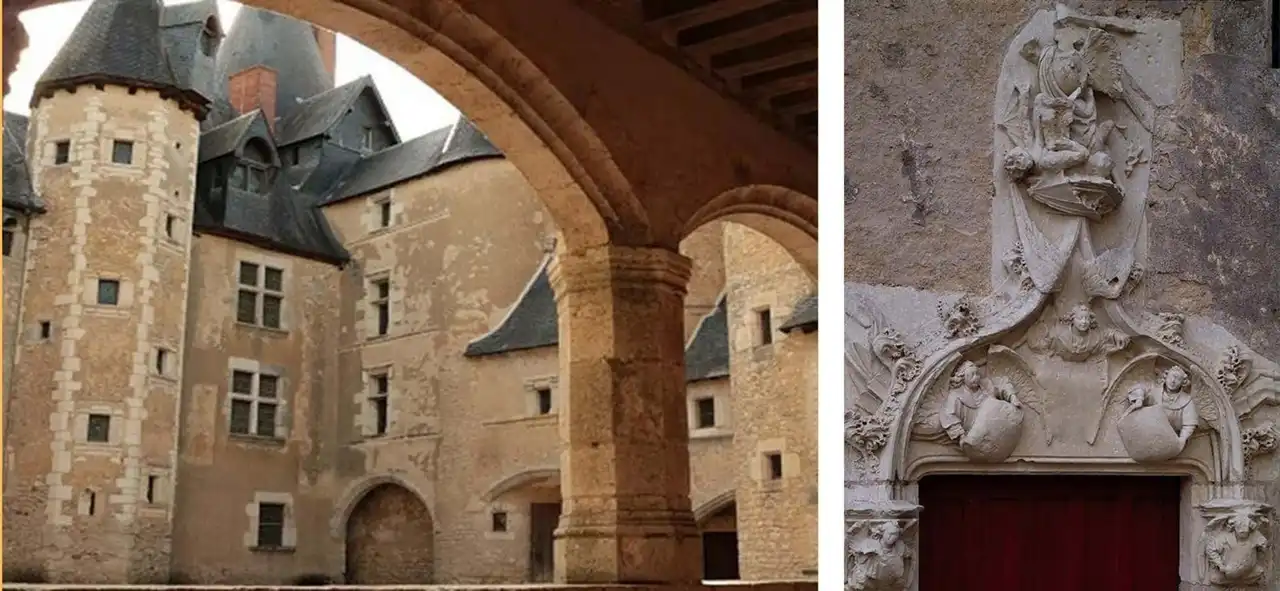
Find on the left: the inner courtyard of the Castle On the right: carved door fronton – Photo credit: Facebook – Château de Fougères-sur-Bièvre
The interior always keeps military influences. Unlike your other visits, there is no furniture that allows you to fully immerse yourself in the Renaissance atmosphere or in the owners’ atmosphere. However, many explanatory panels are pairing your journey and providing you with the information needed to understand the location.
The legs must be heavy and the thighs must die. A last effort to swallow the ten kilometers that separates you from Chaumont-sur-Loire to get a well-deserved rest.
Day 4: From Chaumont-sur-Loire to Chambord
- Distance travelled: 38,9 km
- City of departure: Chaumont-sur-Loire
- City of arrival : Chambord
- Places to visit: Château de Beauregard and Château de Villesavin
Already 3 days before you write the roads of Val-de-Loire. The days as the kilometers have passed at a speed and you are already ready for the final stage.
The Château de Beauregard
According to old plans, the first construction was a manor that we owe to Lord François Doulcet. But in order to have swindled the royal family during the countryside of Italy, the châtelain was confiscated his property which failed directly to the King of France.
François I used it from time to time between two hunting parties and even left the building to his uncle René de Savoie. He died tragically during the defeat of Pavie but his wife kept the possession of the castle.
Less than 20 years later, Jean du Thier, Minister of Finance of King Henry II, bought him for 2,000 excus. He then undertakes important work to bring the castle back to the large courtyard. A gallery and a wing in return to square are added, giving it a strong Italian look. Tell yourself that at the time, he was already considered one of the most buildings in France.
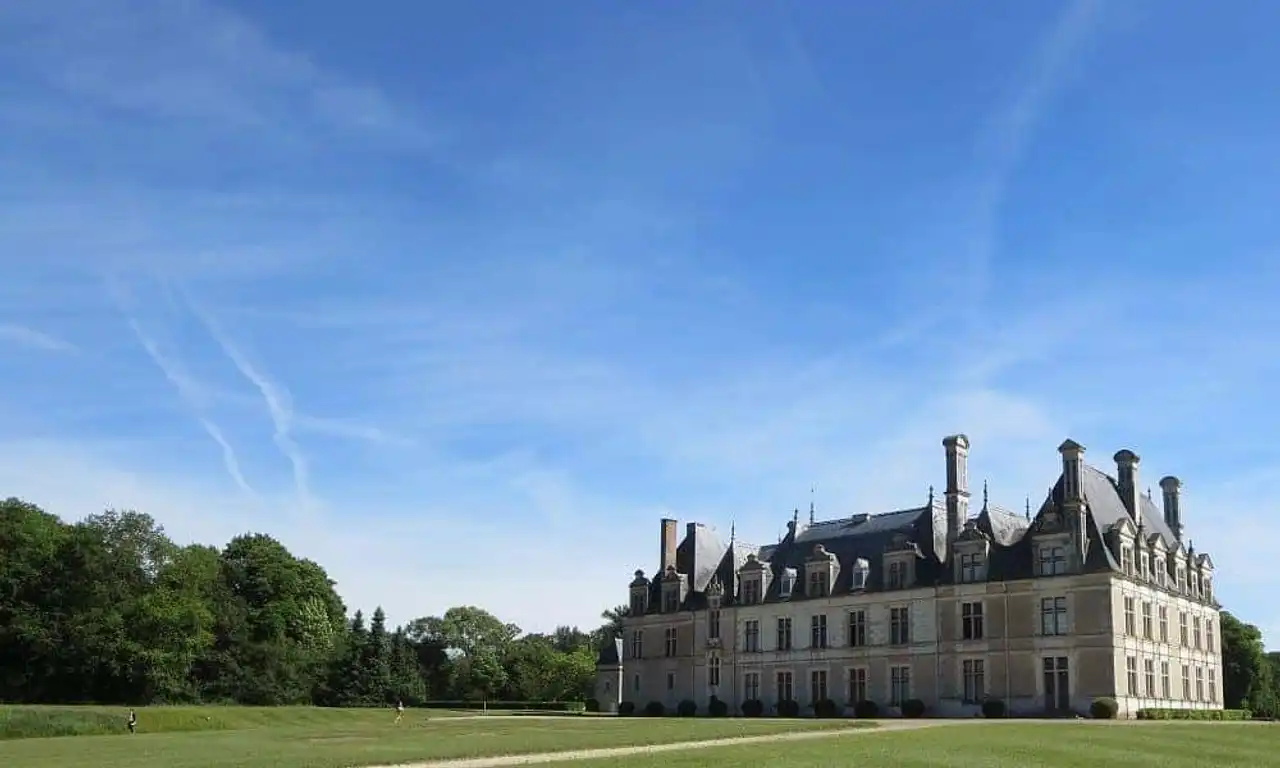
View of the Château de Beauregard – Photo credit: Facebook – Chateaux de la loire .fr
But his notoriety comes mainly from what is inside it. Paul Ardier, minister under Louis XIII, decides to offer himself as a retreat gift the castle. He and his descendants take care of magnifying the walls by dressing them with delicate oak woodwork or painting the ceilings with lapis-lazulis.
They also managed to gather 327 portraits that they stored throughout the Illustrious Gallery. It is up to you to guess who got shot! After seeing this, a reflection comes to mind. Finally you could call this castle "Beauregard the well-named"!
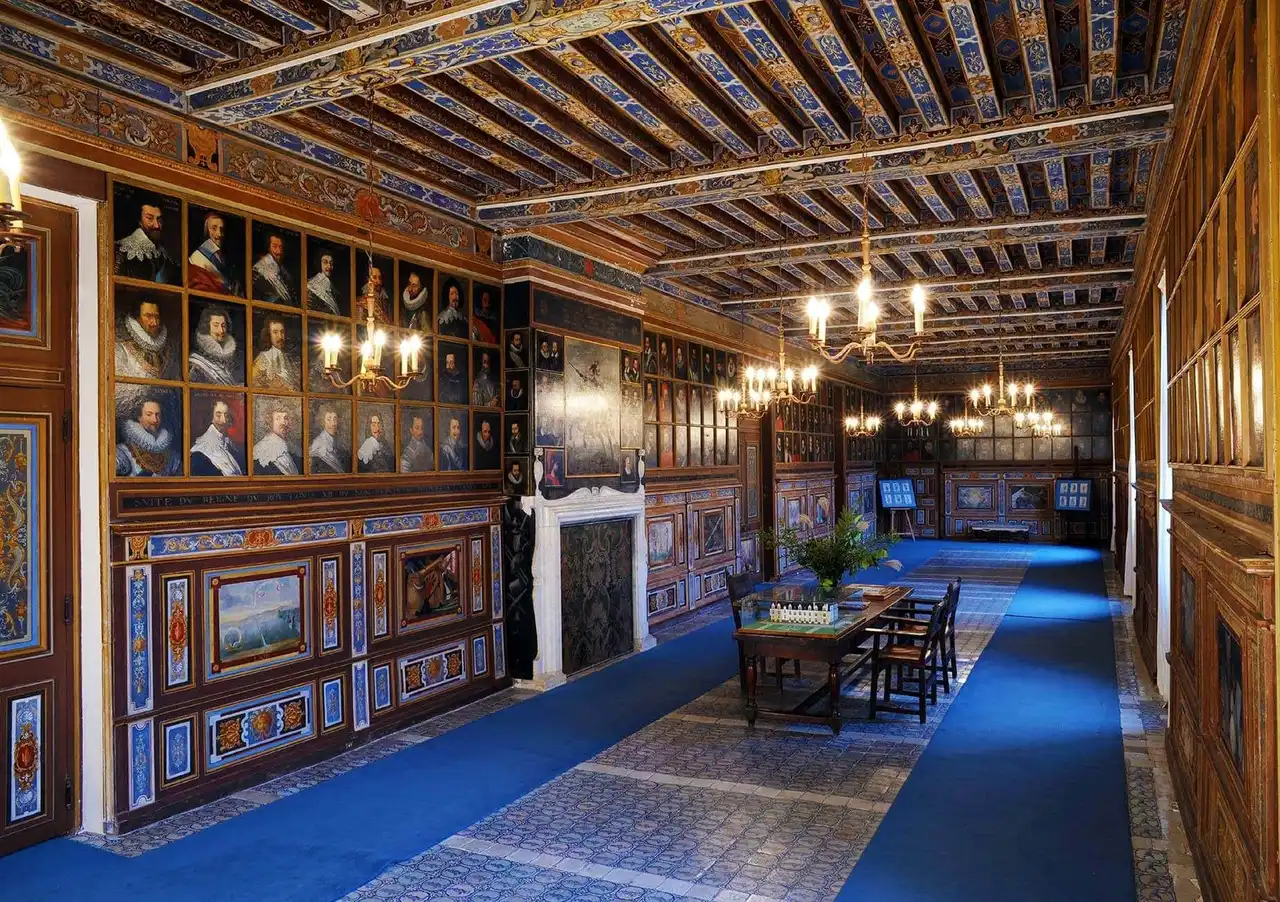
Illustres Gallery – Photo credit: Facebook – Blois – Chambord
More than a last pedal to arrive at the Château de Villesavin. And after everything you've done, it's not much!
Château de Villesavin
While the jewel of the Châteaux de la Loire is on the way out of the ground, it was necessary to have an outpost to monitor the progress of the work. This is why the Villesavin building is called “La Cabane du chantier de Chambord”.
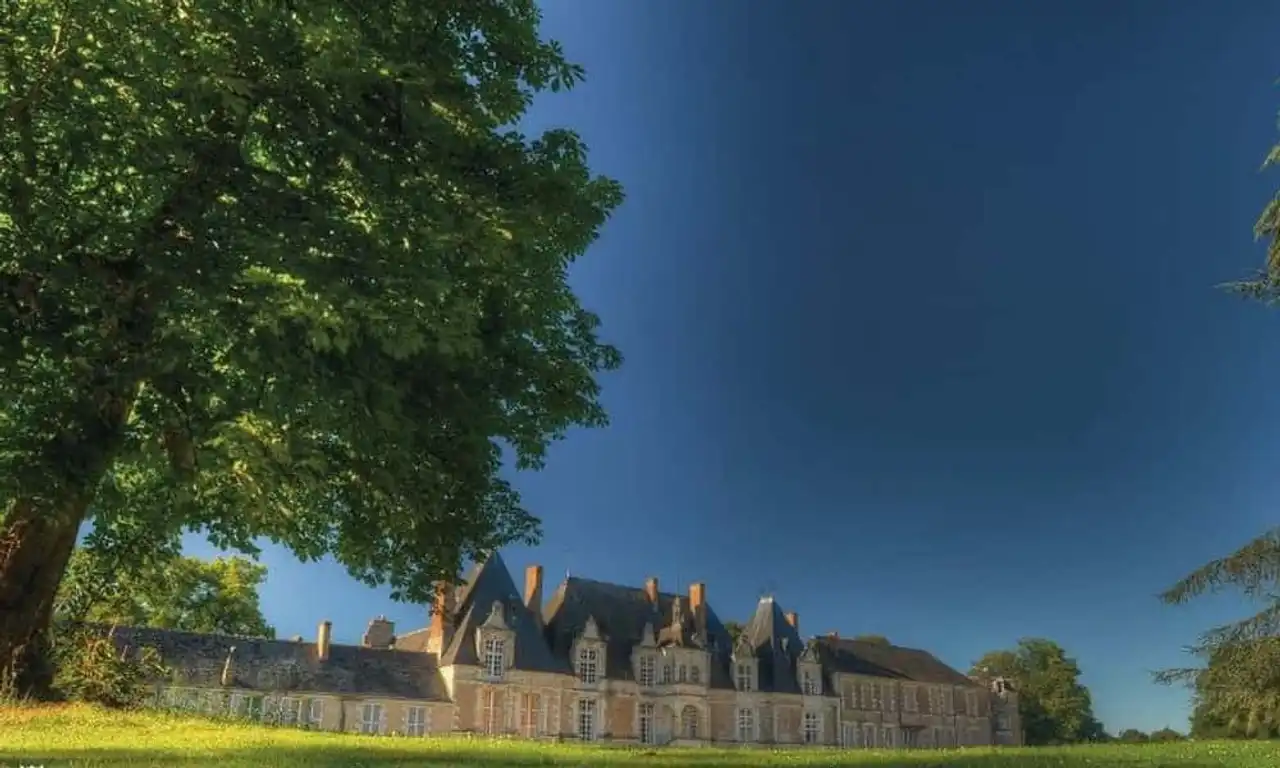
View of the Château de Villesavin – Photo credit: Facebook – Blois – Chambord
His square-shaped pavilions jump directly to the eye. Quite common for the time, he is a precursor in this matter. Direct yourself to the chapel, the most beautiful part of this building. It is a work of art in its own right! Its ceiling is covered with angels well in flesh holding all the instruments of Christ’s passion.
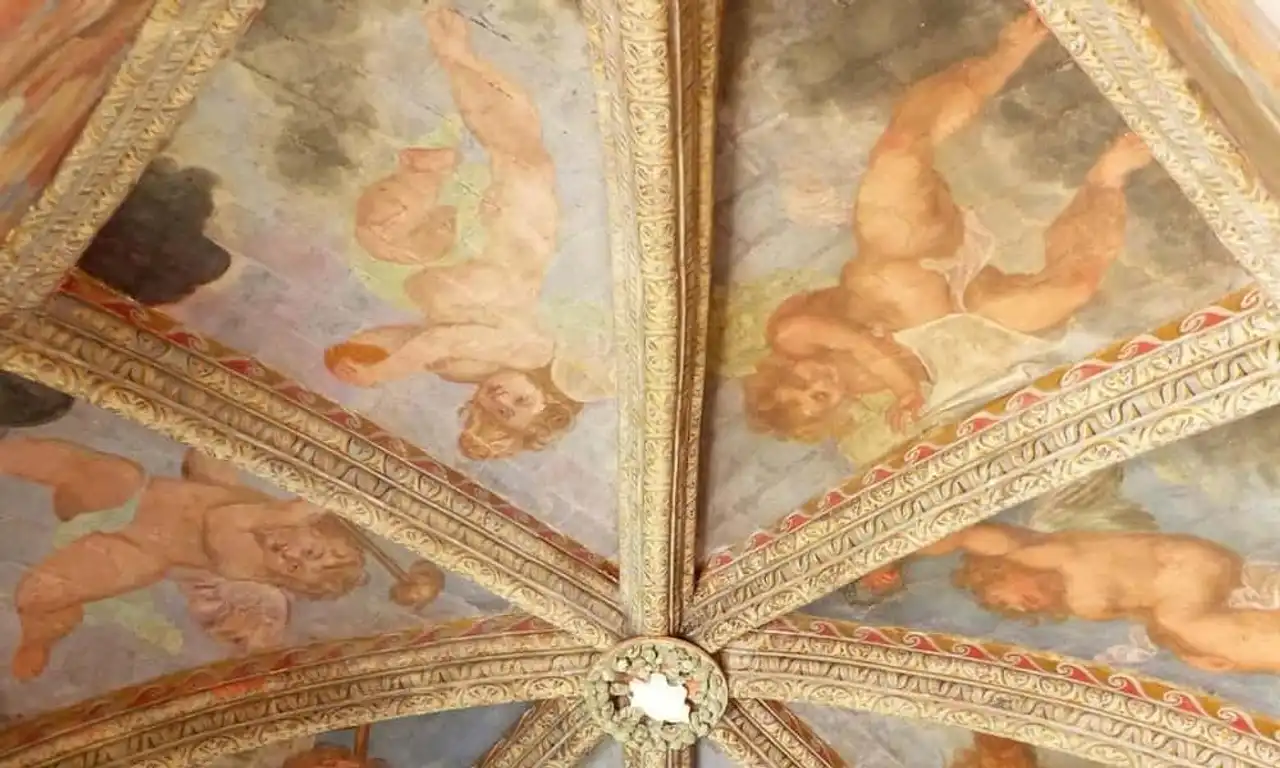
Les angelots de la Chapelle – Photo credit: Facebook – Château de Villesavin
Like the Château de Montpoupon, a small museum takes place in the building. His collection focuses on the theme of marriage between the 1850 and 1950s. Go between the different wax models dressed in period costumes and discover all the important stages of the event that upsets life.
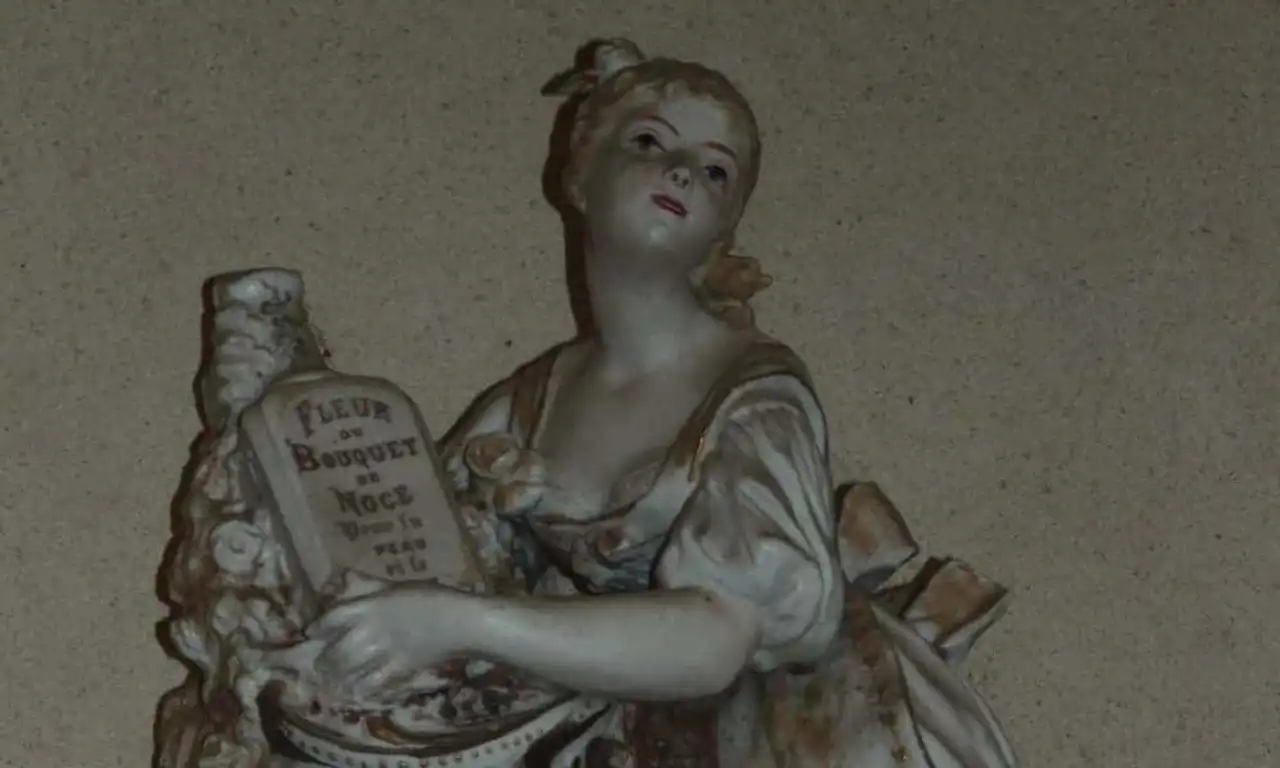
One of the many porcelain dolls of the Marriage Museum – Photo credit: Facebook – Château de Villesavin
The visit ends with the globe room, with inside more than 350 wedding crowns. Note the composition of the trims. For example, the presence of oak leaf symbolizes the longevity of the couple, binds the attachment...
The tour of the Châteaux de la Loire is at its end. However, such cycling riders arriving on the Champs-Elysées, you can finish in apotheosis by joining Chambord. Of course, it would be an infidelity to the 8 buildings you've seen in recent days...
Regardless of your choice, the essential thing is that you now know that other pepits exist. You only have to go preach the good word.
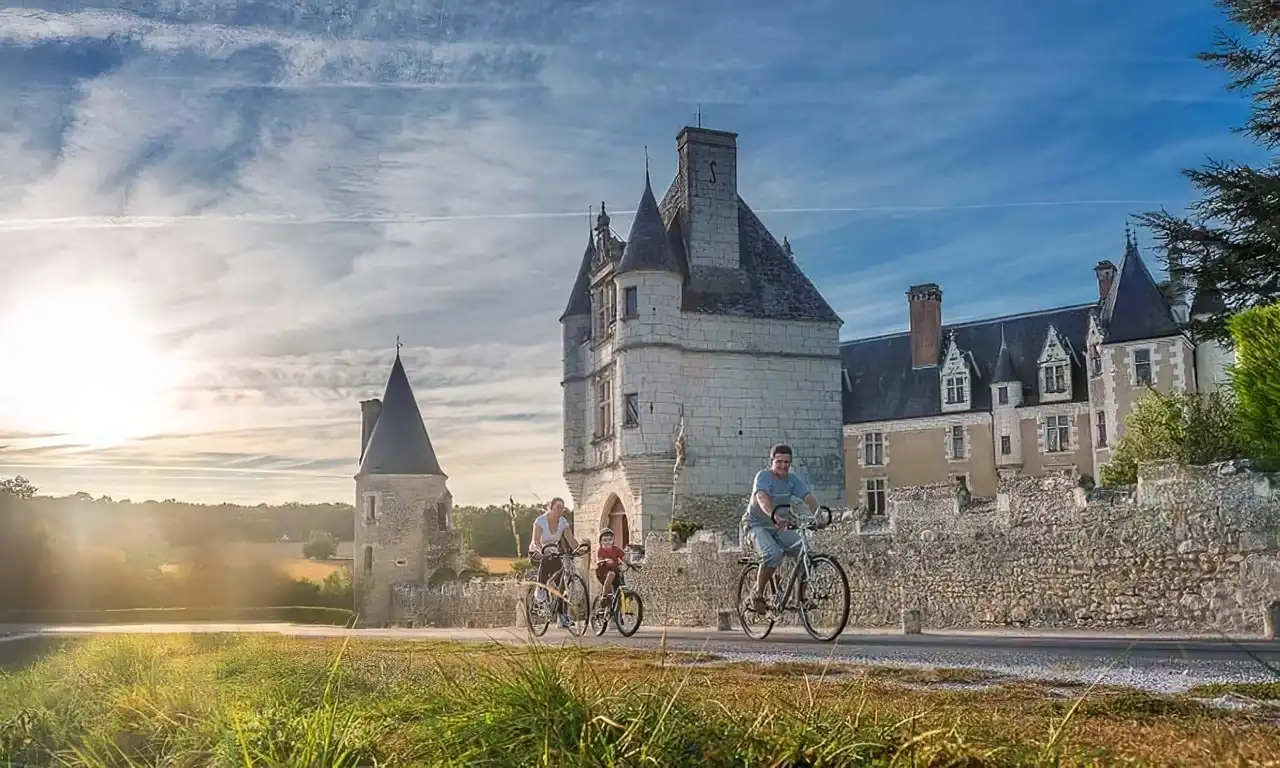




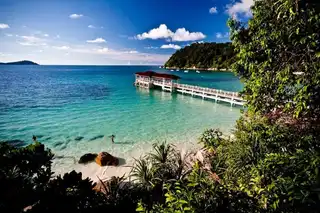
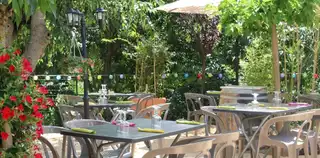

Loading comments ...